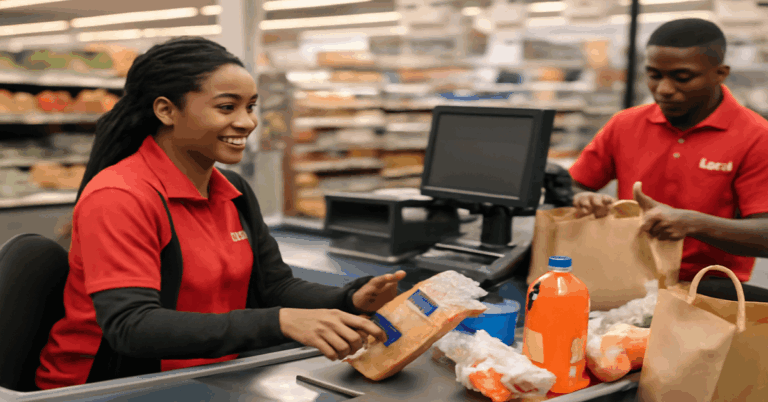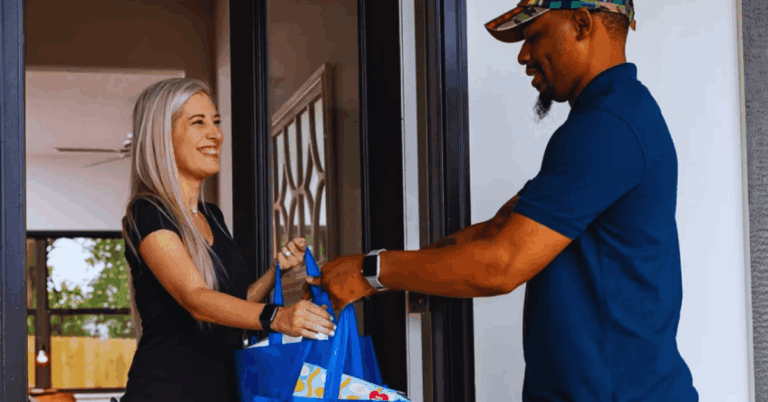If you’re looking to make money on your own schedule, becoming an Amazon Flex driver is an excellent opportunity.
In this article, we’ll guide you on how to become an Amazon Flex driver by exploring how Amazon Flex works, the specifics of Amazon Flex blocks and routes, and a detailed Amazon Flex blocks routes guide.
Whether you’re new to the platform or looking for tips on how to optimize your deliveries, this guide will provide you with all the information you need to catch the best blocks and maximize your earnings.
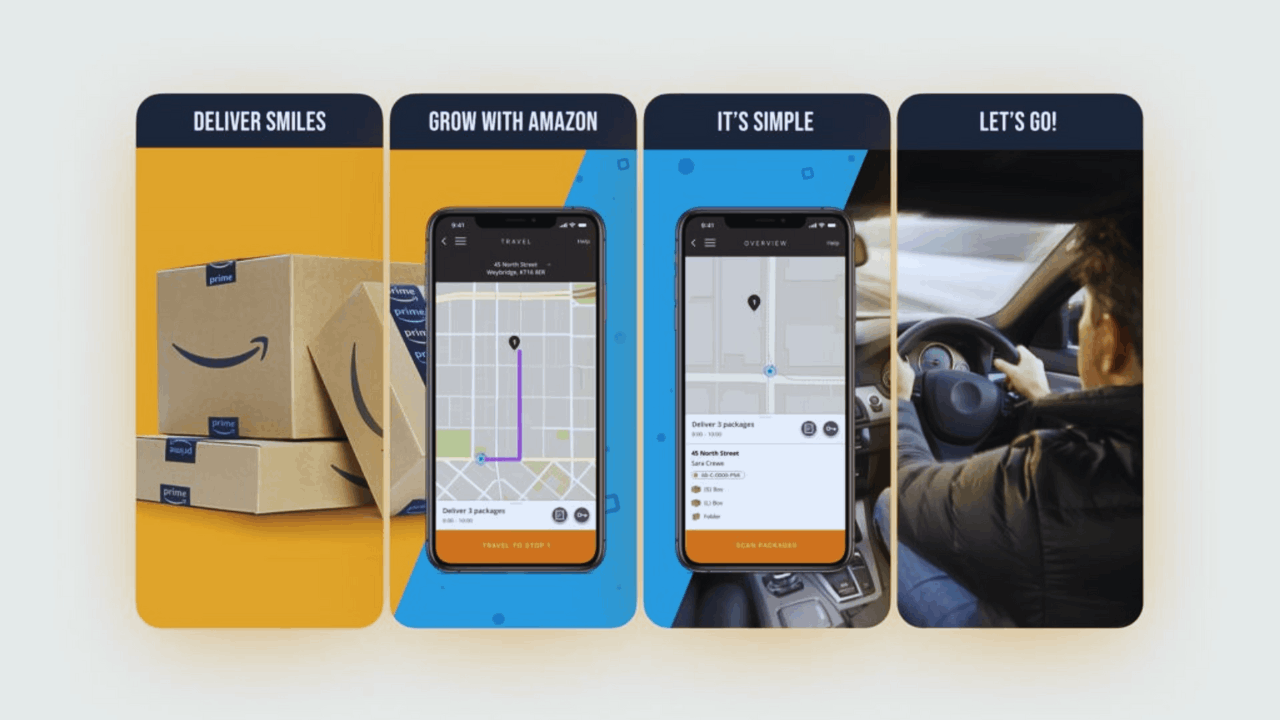
What Is Amazon Flex and How Does It Work?
Amazon Flex is a delivery service that allows independent drivers to deliver Amazon packages using their own vehicles. Drivers pick up packages from Amazon’s delivery stations and deliver them to customers.
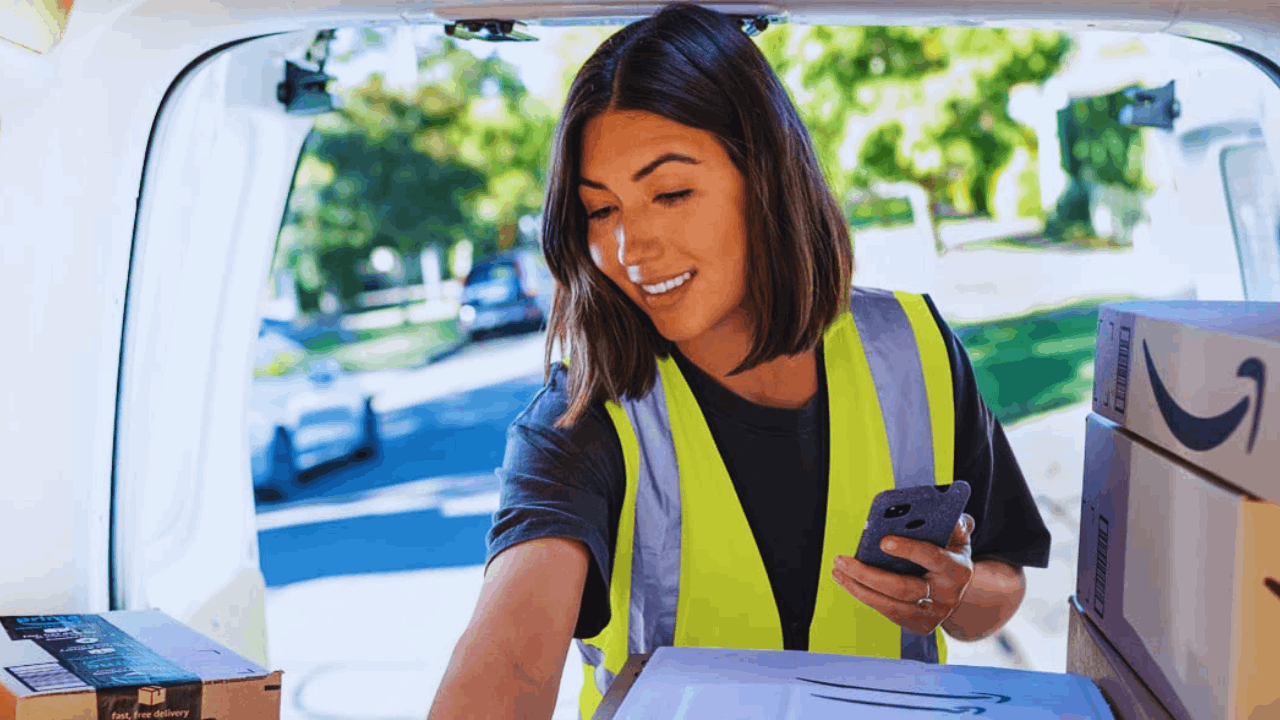
The service is designed to provide flexibility, allowing drivers to choose when and how much they want to work.
The Amazon Flex app is central to the process, helping drivers schedule delivery blocks, navigate to destinations, and track earnings in real-time.
This model allows drivers to work part-time, full-time, or whenever they want, providing an excellent opportunity for flexible income.
How the Delivery Process Works
Once you sign up for Amazon Flex, you can select delivery blocks via the app. These blocks are available in various time slots, and you’re paid based on the length and complexity of each block.
During a delivery block, you pick up packages from an Amazon delivery station and follow the route provided by the app. The app gives you all the details about each delivery, including the customer’s address and any special instructions.
After completing all deliveries within the block, you’ll see a breakdown of your earnings, including tips and base pay.
What Are Amazon Flex Blocks?
Amazon Flex blocks are scheduled time windows that drivers choose to work within.
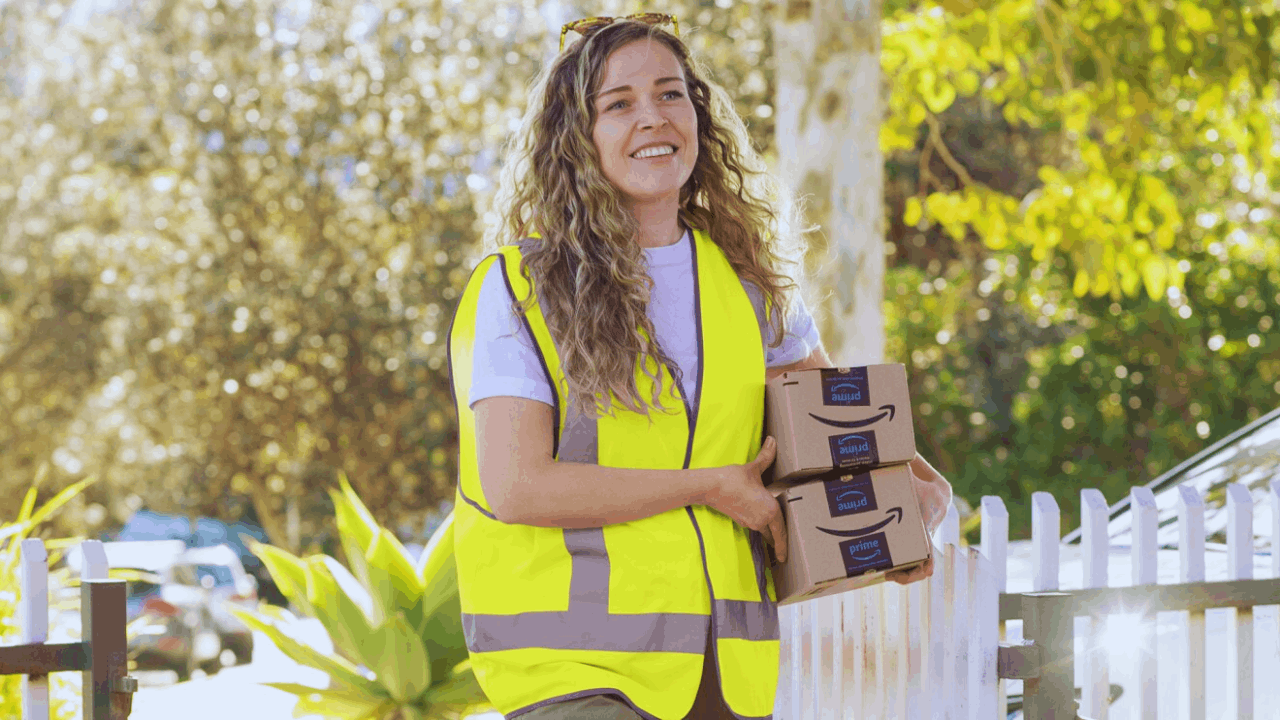
Each block typically ranges from 3 to 6 hours, and you’ll be required to complete as many deliveries as possible within the given time frame.
Blocks are available through the Amazon Flex app, where drivers can see available times based on their location and preferences. The pay for each block varies based on the time, distance, and complexity of the deliveries.
Efficient drivers can maximize their earnings by selecting high-paying blocks during peak hours.
How to Select the Best Amazon Flex Blocks
Selecting the best blocks is crucial for maximizing your earnings. Always be on the lookout for high-paying blocks, which are typically available during busy times like evenings, weekends, or holidays.
You should regularly check the app for newly released blocks and be quick to grab them, as the best ones often fill up fast. When starting out, you may want to focus on shorter blocks to get a feel for the delivery process.
Once you become more familiar with the system, consider longer blocks or those in high-demand areas for better pay.
What Are Amazon Flex Routes?
Amazon Flex routes refer to the specific paths that drivers take to deliver packages during their scheduled blocks.
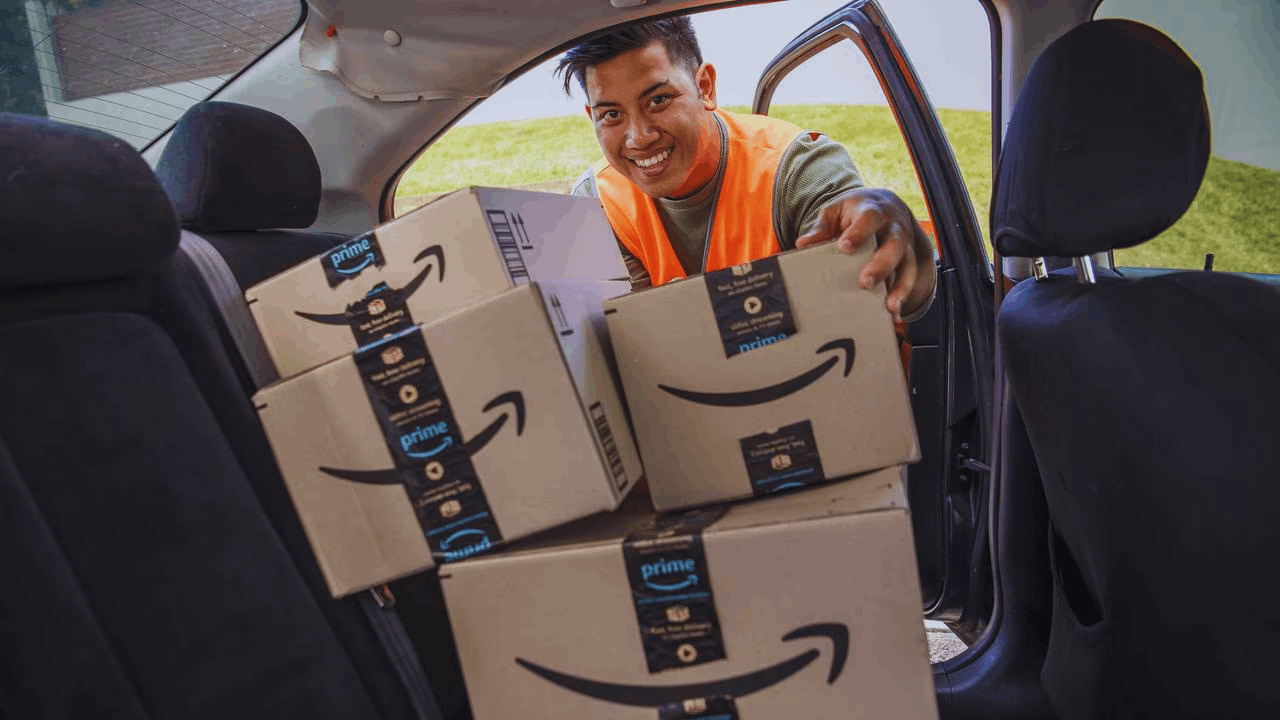
The app generates these routes automatically based on the addresses of the deliveries you’re assigned. However, while the app provides the most efficient routes, drivers can still benefit from knowing the area they’ll be working in.
Understanding the layout of local neighborhoods can help you avoid unnecessary detours and ensure that you’re completing your deliveries in the most efficient manner possible.
Optimizing Your Routes for Efficiency
While the app generates routes for you, being familiar with the area can help you make smarter decisions. Avoid backtracking by planning your deliveries logically, grouping nearby destinations.
Additionally, knowing the local traffic patterns and potential roadblocks can help you save time.
If you’re in a new area, take a few minutes before starting your shift to familiarize yourself with the route. The faster and more efficient your route, the more blocks you can complete, which directly impacts your earnings.
Amazon Flex Blocks Routes Guide
Catching the best Amazon Flex blocks and optimizing your routes can make the difference between a productive day and a frustrating one.
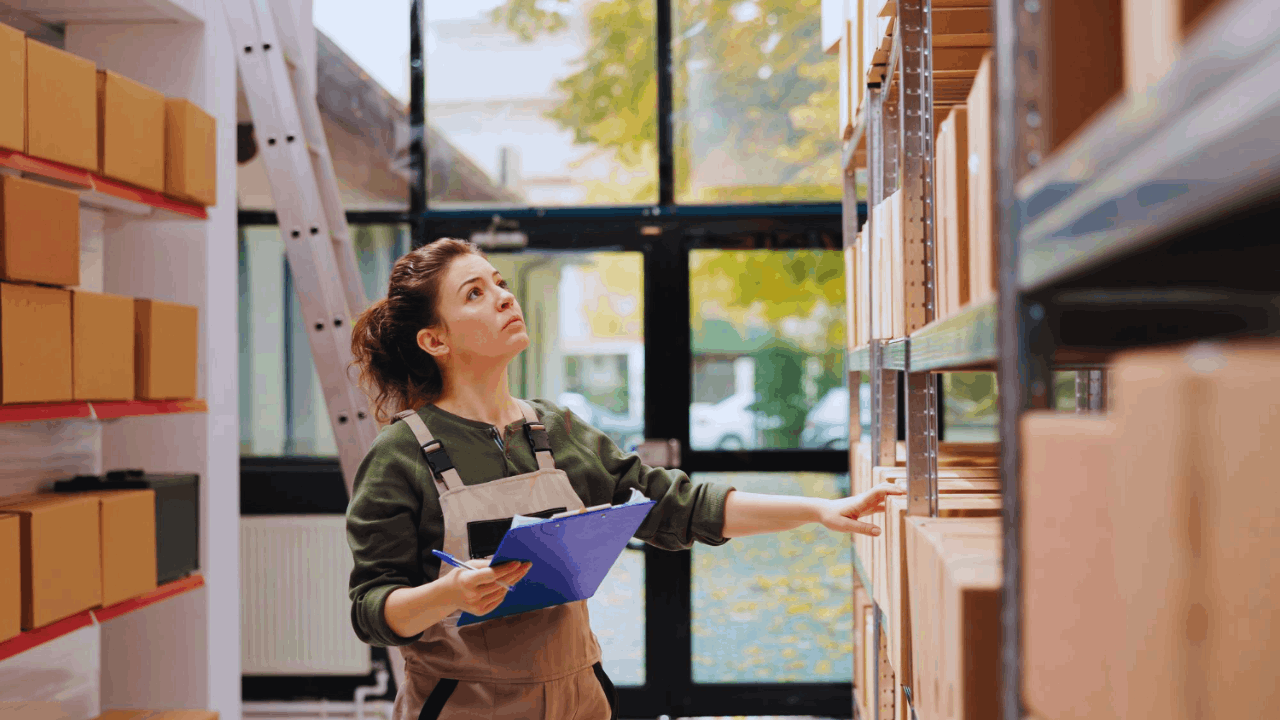
In this guide, we’ll help you understand how to catch the best blocks and optimize your routes for maximum efficiency.
How to Catch Amazon Flex Blocks Quickly
To catch the best Amazon Flex blocks, you need to be quick and proactive. New blocks are released periodically, and they often fill up fast, so it’s important to stay on top of the app.
Set up notifications in the app to alert you when new blocks become available. When high-demand blocks are released, such as during the holidays, you’ll need to act fast to secure them.
You can also improve your chances by checking for blocks early in the morning or late at night, as these times may offer less competition.
Strategy for Scheduling Blocks
Once you get the hang of Amazon Flex, it’s essential to develop a strategy for scheduling blocks. Focus on high-paying blocks that offer the most value for your time.
During peak delivery times, such as holidays or weekends, you’ll often find blocks with higher pay rates, making these times perfect for maximizing your earnings.
Additionally, you can use the app’s earnings estimate feature to gauge the best value blocks. Plan your day by selecting blocks with the best pay-to-time ratio for your specific schedule.
Balancing Multiple Blocks for Maximum Earnings
Another strategy is to balance multiple blocks in a day. For instance, you could schedule a shorter block in the morning and a longer one in the afternoon.
By working multiple blocks in a day, you increase your earning potential without needing to work back-to-back shifts.
The app helps you track your progress, so you can quickly adjust and pick up another block if needed. This allows you to stay productive while maximizing the time spent on each delivery.
Managing Traffic and Weather Conditions
Efficient route management is vital to delivering packages on time.
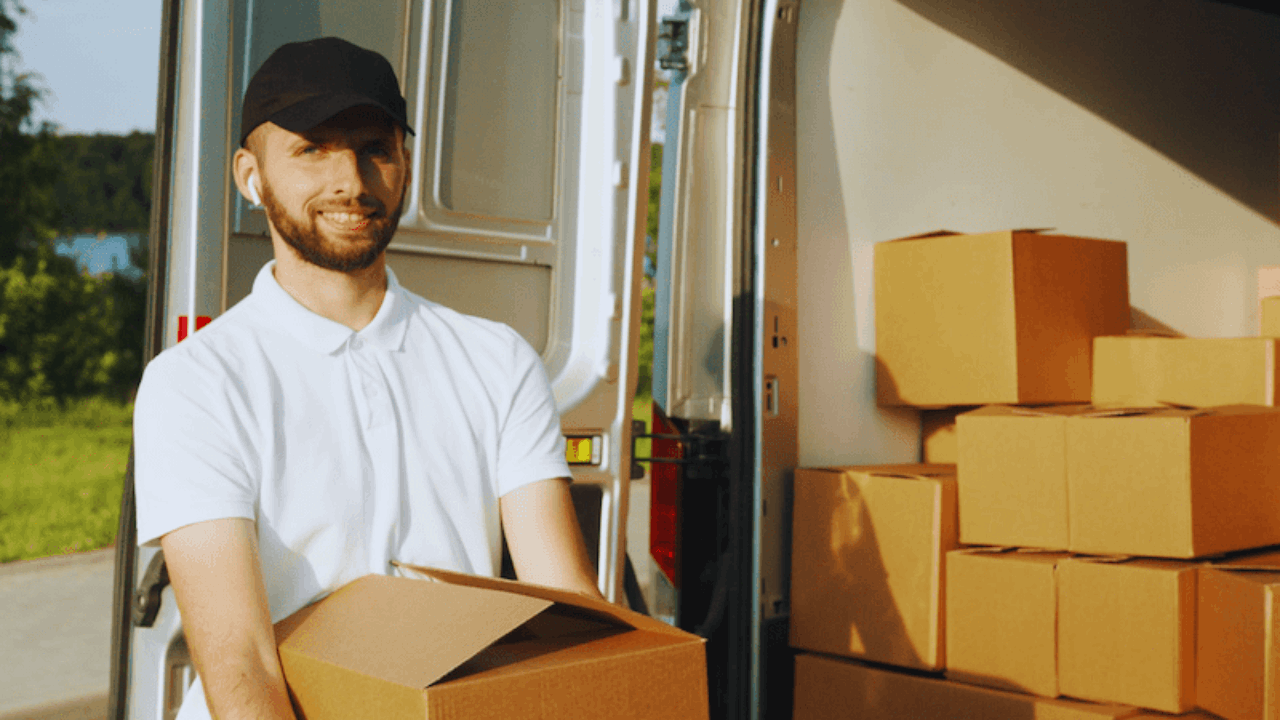
Traffic and weather conditions can significantly affect the time it takes to complete a block. Being proactive about potential delays can save you a lot of time and frustration.
How to Handle Traffic Delays
One way to handle traffic is to check real-time traffic updates before you start your shift. The Amazon Flex app offers built-in navigation, but pairing it with a secondary traffic app can help you avoid congestion.
If you find yourself stuck in traffic, use the time to review your next delivery or catch up on the app’s navigation updates. It’s also essential to plan your route carefully and avoid peak traffic hours when possible.
Preparing for Weather Conditions
Weather conditions like rain, snow, or fog can also affect your delivery time. Always adjust your driving speed to match road conditions, and ensure that you’re taking safety precautions to avoid accidents.
If conditions are particularly severe, it may be best to avoid working in extreme weather for your safety and to maintain the quality of service.
In addition to adjusting your driving, make sure your vehicle is equipped with proper tires and windshield wipers to deal with difficult weather conditions.
Providing Excellent Customer Service for More Tips
As an Amazon Flex driver, your interaction with customers is an essential aspect of your success.
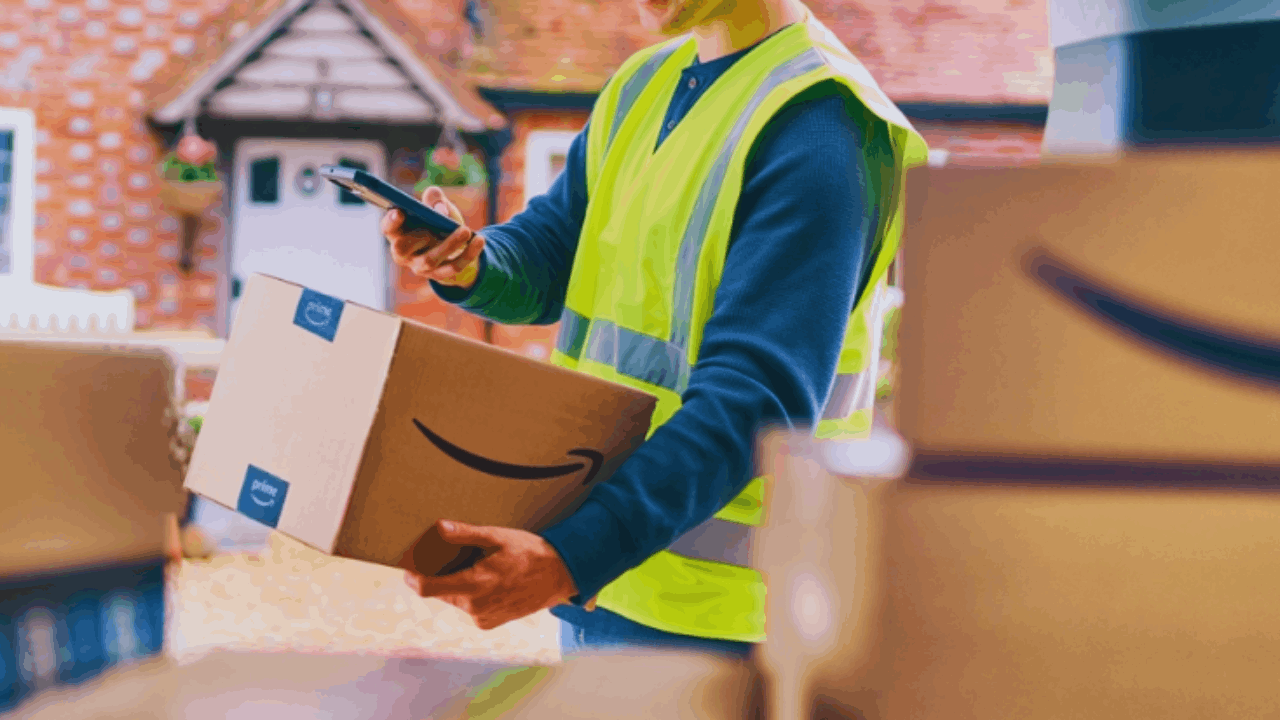
While the app handles the logistical side, drivers are still responsible for ensuring the quality of the delivery experience. Providing excellent customer service can lead to better ratings and higher tips.
Delivering With a Smile
Make sure to follow the delivery instructions carefully, such as leaving packages in a designated spot or ringing the doorbell.
While it’s essential to be quick, never sacrifice customer service for speed. A polite and friendly attitude goes a long way, especially when interacting with customers.
If there’s ever a problem with a delivery, communicate promptly with the customer to resolve the issue and maintain a positive relationship.
The Impact of Positive Ratings and Tips
High ratings from customers can improve your standing as a driver. With a good reputation, you’re more likely to receive better-paying blocks and more delivery opportunities.
Positive reviews and high ratings lead to higher tips, which can add a significant amount to your earnings over time. Always aim to provide excellent service to ensure repeat business and a continuous flow of high-paying blocks.
Conclusion
Maximizing your earnings as an Amazon Flex driver requires a clear understanding of Amazon Flex blocks, routes, and how to work efficiently.
By selecting the right blocks, optimizing your routes, and managing traffic and weather conditions, you can ensure that you’re making the most of your time on the road. Happy driving!


